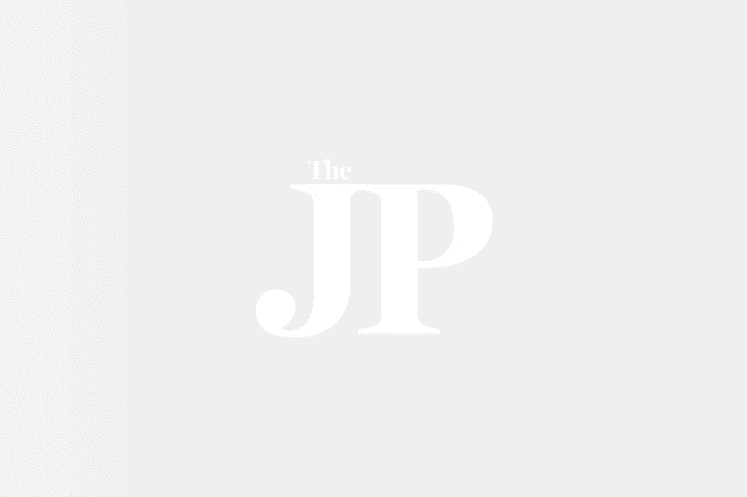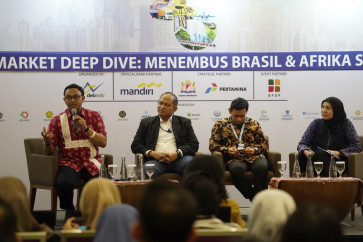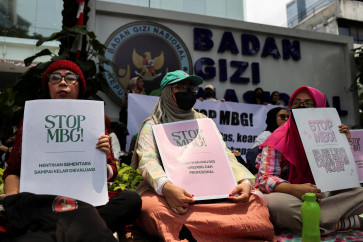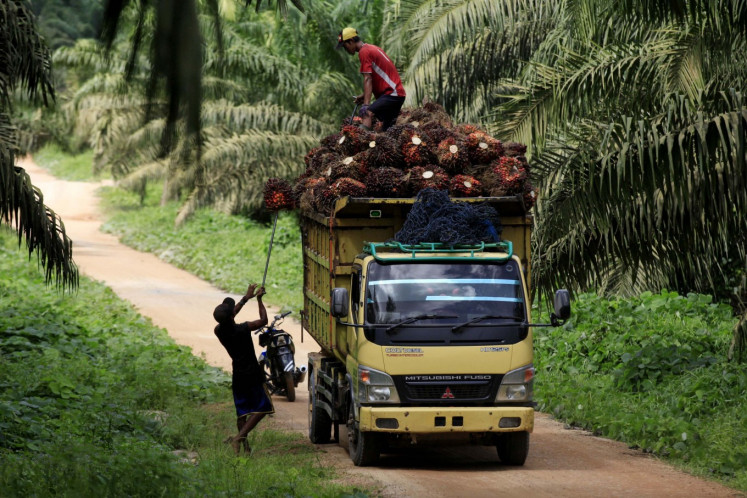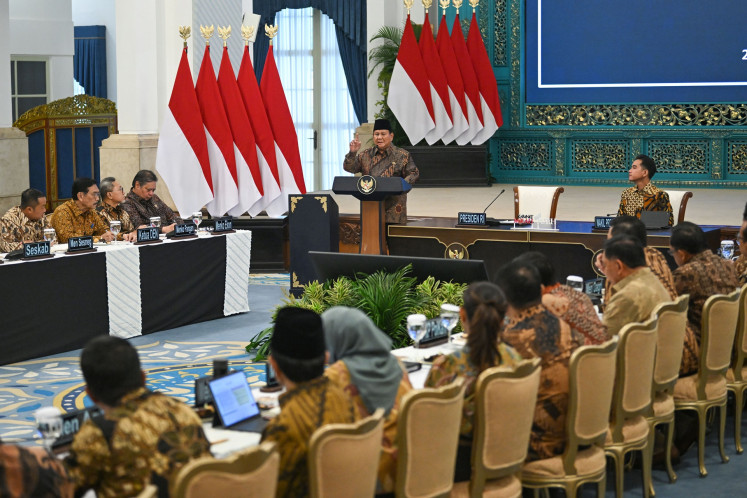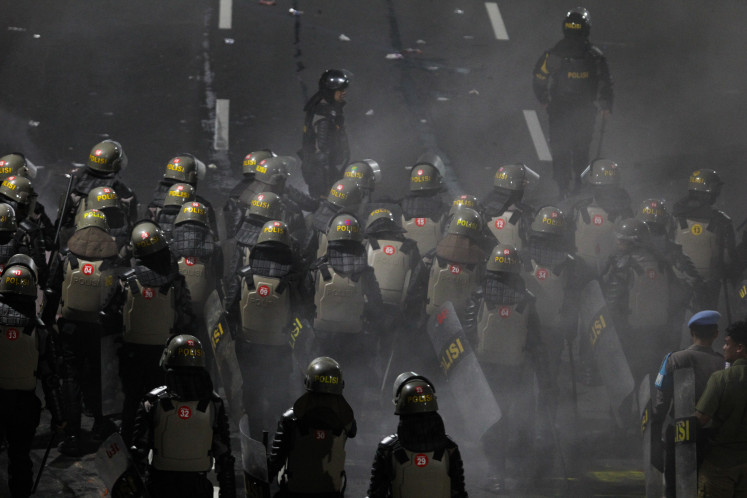Popular Reads
Top Results
Can't find what you're looking for?
View all search resultsPopular Reads
Top Results
Can't find what you're looking for?
View all search resultsJapfa profits fall on currency slump, rising costs
The countryâs second-largest poultry producer Japfa Comfeed Indonesia has reported a steep fall in profits in the third quarter of 2014 due to surging costs and customersâ declining purchasing power
Change text size
Gift Premium Articles
to Anyone
T
he country's second-largest poultry producer Japfa Comfeed Indonesia has reported a steep fall in profits in the third quarter of 2014 due to surging costs and customers' declining purchasing power.
Japfa reported that its net sales were up by around 17 percent to Rp 18.96 trillion (US$1.57 billion) in the January-September period, compared to Rp 15.97 trillion it accumulated in the same period last year.
The increasing sales, however, could not offset the company's slumping net profits, which were slashed by more than half from Rp 766.89 billion in the first nine months of last year to Rp 379.91 billion this year.
'In the second half of 2013, the rupiah depreciated by approximately 20 percent against the US dollar. The increase in general wages in 2014 was not enough to compensate for the impact of the weaker rupiah. This has weakened the purchasing power of low-income consumers,' the company statement said, explaining its slumping profits.
The company's net sales growth in the third quarter of the year was also less than that of last year, during which the company recorded nearly 20 percent year-on-year growth.
The poultry business contributed around 86 percent of the company's annual sales last year. Animal feed contributed 44 percent, commercial farming 35 percent and day-old chickens (DOCs) 7 percent.
'The depreciation in the rupiah resulted in an increase in the price of raw materials for feed because purchases of corn and SBM [soybean meal] are in US dollars,' the statement continued.
The company imports 100 percent of its SBM and more than 30 percent of its corn, which are the core materials needed to produce animal feed.
Japfa said it had increased its selling prices to mitigate the losses from its animal-feed segment. However, the company could not increase the price of broiler chickens due to the weakened purchasing power of its customers, which further deflated income from its commercial farming unit.
The company added that it also saw a 10 percent decline in the selling price of its DOCs due to oversupply, making it difficult for the company to compensate for the 9 percent increase in its feed costs.
Asjaya Indosurya analyst William Surya Wijaya also attributed the declining profits to rising costs and possible declining demand for imports amid the H7N9 avian influenza endemic.
Even though the avian flu outbreak had been ongoing for years, William said, fears over the virus might have deflated demand for imported poultry and impacted the company's financial performance. Indonesia is among the countries with the highest mortality rate from avian flu.
William said that rising costs were a drag on Japfa's financial performance. 'The poultry industry is also affected by rising electricity and wage costs,' William said.
According to Japfa's first nine-month financial performance, the company's cost of goods sold rose by more than 30 percent from Rp 12.95 trillion last year to Rp 16.08 trillion this year.
As of 2013, Japfa had a market share of 22 percent for animal feed and 25 percent for DOCs, making the company the country's second-biggest player in the industry after Charoen Pokphand
Japfa operates 16 feed mills nationwide, with a total capacity of 4 million tons of animal feed per annum. It owns 61 farms and 24 hatcheries, with a production capacity of up to 763 million DOCs.
Japfa Comfeed is aiming to produce up to 3.1 million tons of animal feed by the end of 2014, from 2.6 million tons in 2013.

